Beer and opera. You might not think they go together but they are two passions that have done much to make the city of Bayreuth, Germany famous. We visited Bayreuth (pronounced approximately “bye-roit”) recently and had a great time. We wanted to share some of our thoughts and observations.
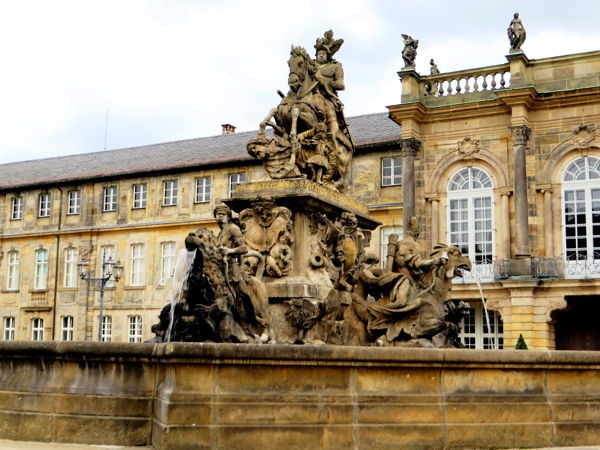
Bayreuth is a lovely city in northern Bavaria known mostly for its association with the composers Richard Wagner and Franz Liszt (with the heavy emphasis on Wagner). Wagner always made me think of beefy blonde women wearing bronze breast plates and horned helmets. He is most famous for epic operas, including the butt numbing four-part, 18-hour Ring Cycle. If you’re a fan of the old Warner Brothers cartoons, you might recall Elmer Fudd and Bugs Bunny starring as Siegfried and Brünnhilde in a somewhat abbreviated Ring. Throughout the city you could see diminutive Wagner statues about 4 feet high in various bright colors with his arms raised as if conducting. The annual Wagner Festival brings tens of thousands of fans to the small city each summer. The average time on the wait list for tickets is anywhere from 5-10 years. Not a problem for us. If we ever feel a Wagner urge, a CD is just fine and we can take breaks whenever we like.
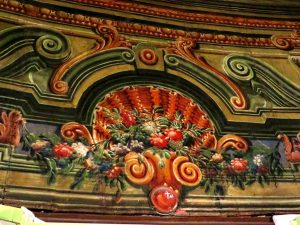
One of the most impressive buildings in the city is the Margravial Opera House which dates back to mid-18th century (Trivia note: Margrave is a noble title roughly equivalent to an English Marquess—higher than an Earl, lower than a Duke). I have wanted to see the opera house here for years and it was one of two main reasons I wanted to visit Bayreuth. The baroque interior was exquisitely painted to make virtually all the interior surfaces look three dimensional. You can imagine my disappointment when we arrived and found the opera house undergoing a complete restoration. The years have not been kind to this beautiful building. Updates to the heating and air conditioning over time have taken their toll on the wood as well as the paint. The restoration is a massive undertaking which will take years to complete. The latest estimate now is 2018. Fortunately, we were able to get inside and see a lot of the interior, all though it wasn’t exactly “cleaned up for company.” We at least got to see enough to allow us to appreciate the grandeur of this historic building.
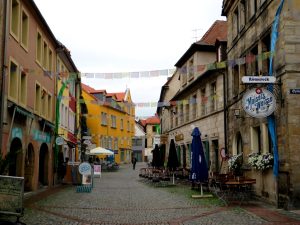
Another reason for our visit was to fulfill one of Bill’s dreams, which was to tour the Maisel Brewery. If you are a lover of Weizen-type beers, you have probably heard of Maisel. Actually, Bill is not a big fan of wheat beers in general but he has a deep and abiding fondness for another of their products—an obscure brew called Maisel Dampfbier. German dampfbier (translation: steam beer) is pretty hard to find, even here in the Fatherland but it’s worth the search. I won’t get into the geeky technical details, but suffice to say it’s tasty. Sadly, even Maisel doesn’t brew much of it anymore and when we asked our tour guide, she didn’t know what it was. In her defense, it was only her second day on the job. And she made
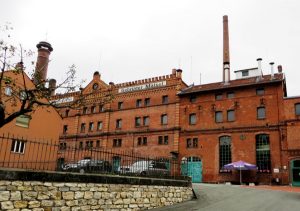
up for any shortcomings by giving us all a beer in a glass approximately the size of my leg. You can see the company’s logo emblazoned on signs hanging in front of restaurants and bars throughout the city. The Guinness Book of World Records “Most Comprehensive Beer Museum” occupies the original brewery building (taken out of commission in the 1970s). The 90-minute tour covered the entire brewing process, and we enjoyed the tour very much even though it was completely conducted in German. Luckily beer needs no translation!
We stayed at the Goldener Löwe (Golden Lion) where the owners prided themselves on their homemade marmalades and jams that they served at breakfast. They were delicious and the breakfast certainly lived up to the billing. Our room was quite comfortable but very small. And we couldn’t beat the location. It was right next door to the Brewery!
We spent a lovely day roaming around the Neues Schloss (New Palace) with its imposing fountain out front and spectacular rooms inside. I suppose some people get tired of wandering through lavish baroque palaces decorated liberally with paintings and sculptures that they remember seeing in books and magazines throughout most of their lives. We don’t. The Neues Schloss was marvelous and touring it softened the blow of the opera house renovation.
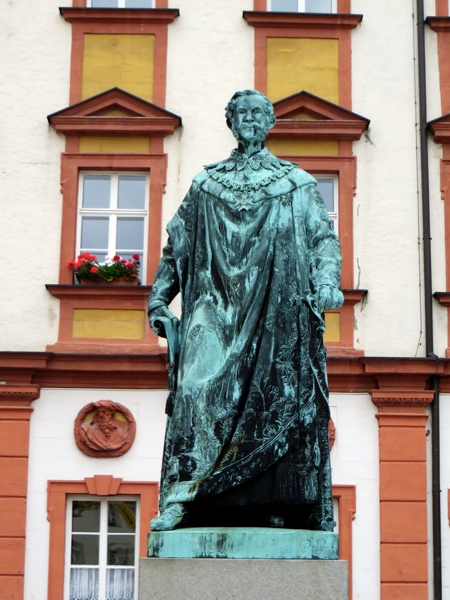
Nearer the heart of the city, we roamed around the outside of the imposing “Old Palace” with its red and white façade adorned with more than 60 carved medallion heads. Try as we might, we couldn’t seem to find an entrance. We spotted many a sign that proclaimed it did not mark the longed-for entrance. We came to the conclusion that it must have been turned into administrative offices.
The architecture and the main thoroughfare made for some delightful wandering and it didn’t hurt that there was a flea market taking place while we were there. Although about a third of Bayreuth was destroyed in WWII, it was rebuilt and it still retains much of the beautiful Baroque architectural style of its past. It was well worth a visit.

